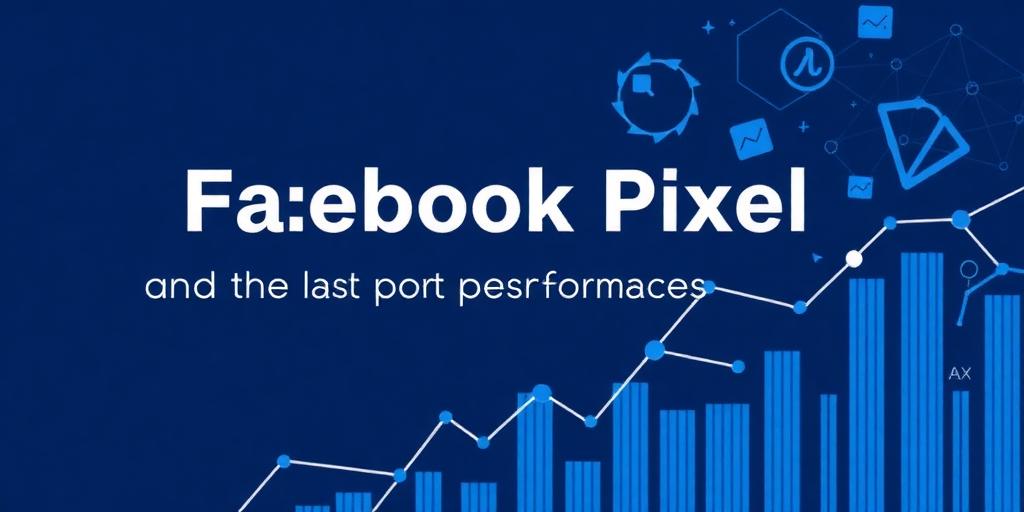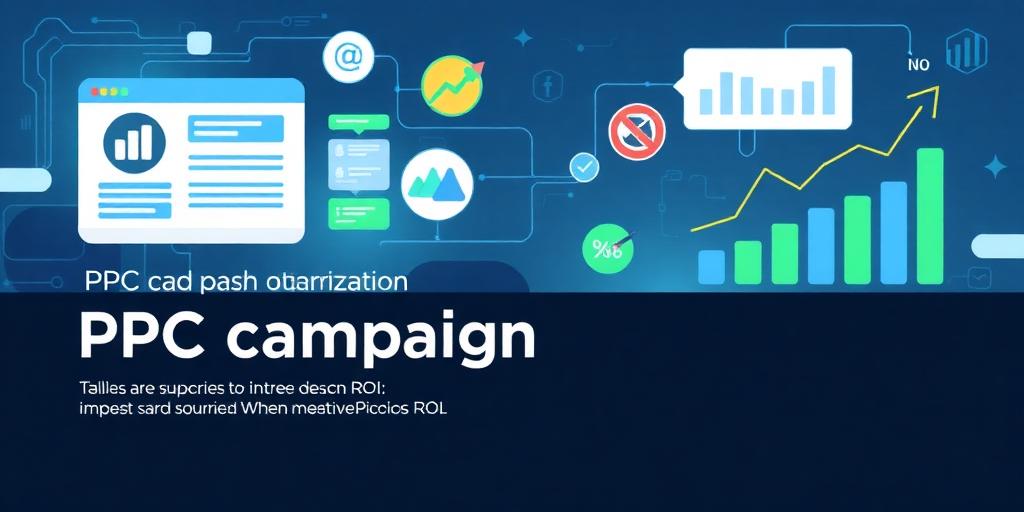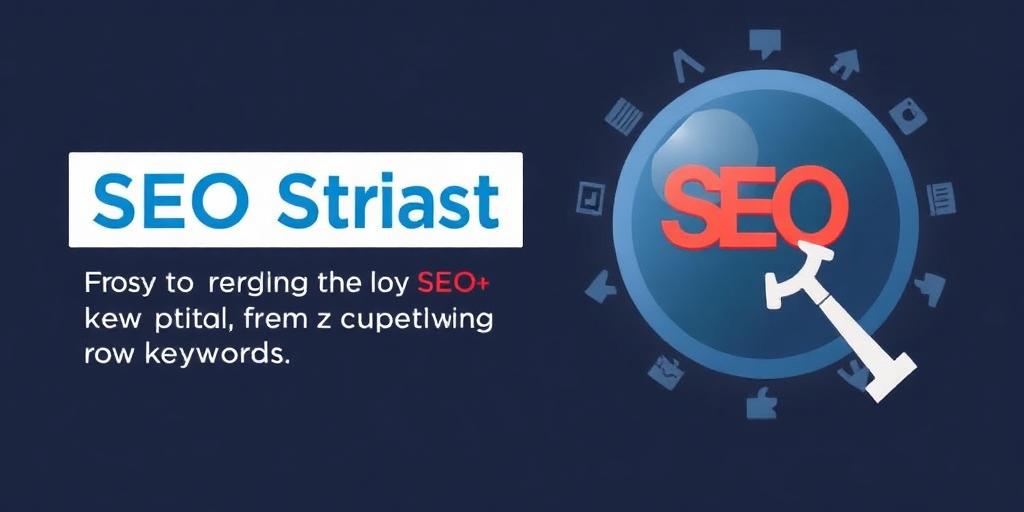Writing for Humans vs. Search Engines: The Balancing Act
In the ever-evolving landscape of content creation, a fundamental question persists: should you prioritize writing for human readers or search engines? The answer, unequivocally, is both. This post will explore how to strike that crucial balance, ensuring your content resonates with your audience while maintaining optimal search engine visibility.
Understanding the Dichotomy
Historically, SEO-focused writing often resulted in keyword-stuffed, unnatural content that, while ranking well, failed to engage or convert readers. Conversely, content crafted purely for human consumption might lack the structural and keyword elements necessary for search engines to recognize its relevance.
The key lies in recognizing that Google's algorithms have become increasingly sophisticated. They now prioritize content that is:
- Relevant: Directly addresses the user's search query.
- Authoritative: Demonstrates expertise and trustworthiness.
- Engaging: Keeps the reader on the page and encourages interaction.
- Comprehensive: Covers the topic in sufficient depth.
Optimizing for Both: A Practical Approach
Here’s a structured approach to creating content that satisfies both humans and search engines:
- Keyword Research: Start by identifying the keywords your target audience uses. Tools like Google Keyword Planner, SEMrush, and Ahrefs can help. Focus on long-tail keywords for more specific targeting.
- Content Planning: Outline your content with a clear structure. Use headings (H1, H2, H3) to organize topics and subtopics. This not only improves readability for humans but also helps search engines understand the content's hierarchy.
- Natural Keyword Integration: Incorporate keywords naturally within your content. Avoid keyword stuffing, which can harm your ranking. Focus on providing valuable information, and the keywords will fit organically.
- High-Quality, Engaging Content: Write content that is informative, engaging, and provides value to the reader. Use a clear and concise writing style. Incorporate visuals (images, videos, infographics) to enhance engagement.
- On-Page SEO: Optimize your content with on-page SEO techniques:
- Title Tags: Craft compelling title tags that include your primary keyword.
- Meta Descriptions: Write concise and engaging meta descriptions to entice clicks from the search results page.
- URL Structure: Use clean and descriptive URLs.
- Alt Text: Add descriptive alt text to images to improve accessibility and SEO.
- Internal and External Linking: Link to other relevant pages on your website (internal linking) and to authoritative external sources. This helps search engines understand the context and value of your content.
- Mobile-Friendliness: Ensure your website is mobile-friendly. Google uses mobile-first indexing, meaning it primarily crawls and indexes the mobile version of your site.
- Page Speed: Optimize your website for speed. A fast-loading site improves user experience and can boost your search ranking.
- Content Updates: Regularly update your content to keep it fresh and relevant. Search engines favor content that is current and accurate.
Long-Tail Keyword Examples
- How to write blog posts for SEO and readers
- Best practices for writing SEO-friendly content
- Balancing SEO and readability in content creation
- Tips for writing engaging content that ranks well
- Creating content for users and search engines
Measuring Success
Track your content's performance using tools like Google Analytics and Google Search Console. Monitor metrics such as:
- Organic Traffic: The amount of traffic coming from search engines.
- Keyword Rankings: The position of your content in search results for target keywords.
- Engagement Metrics: Time on page, bounce rate, and pages per session.
- Conversion Rate: The percentage of visitors who complete a desired action (e.g., sign up for a newsletter, make a purchase).
By analyzing these metrics, you can refine your content strategy and continually improve your results.
The Future of Content
The future of content creation lies in creating user-centric content that also aligns with SEO best practices. As search engine algorithms continue to evolve, the importance of high-quality, engaging content will only increase.
By focusing on providing value to your audience, while also optimizing for search engines, you can achieve sustainable success in the online world. Embrace the balance, and watch your content thrive.









